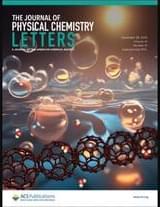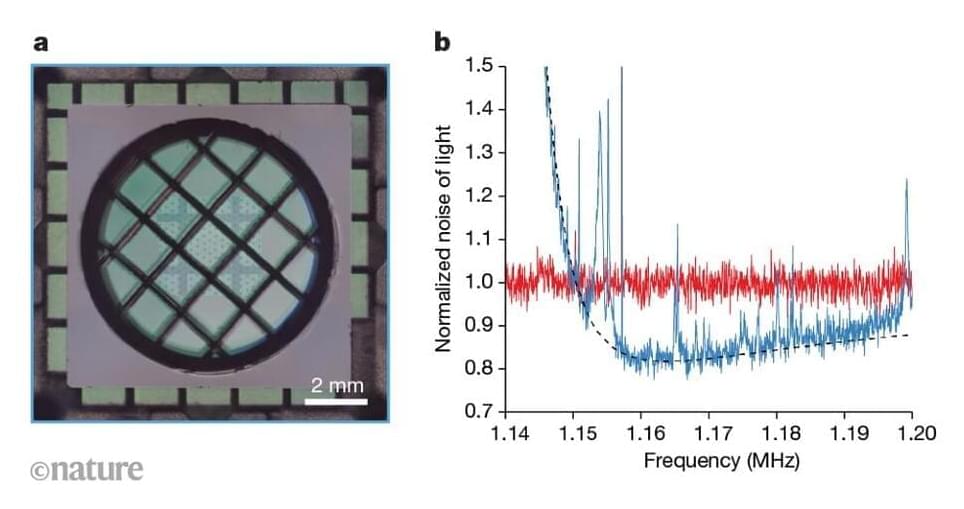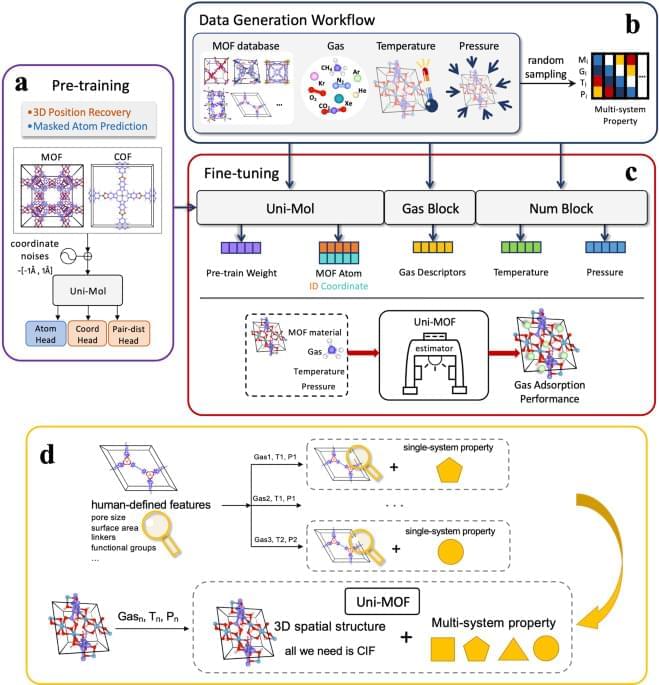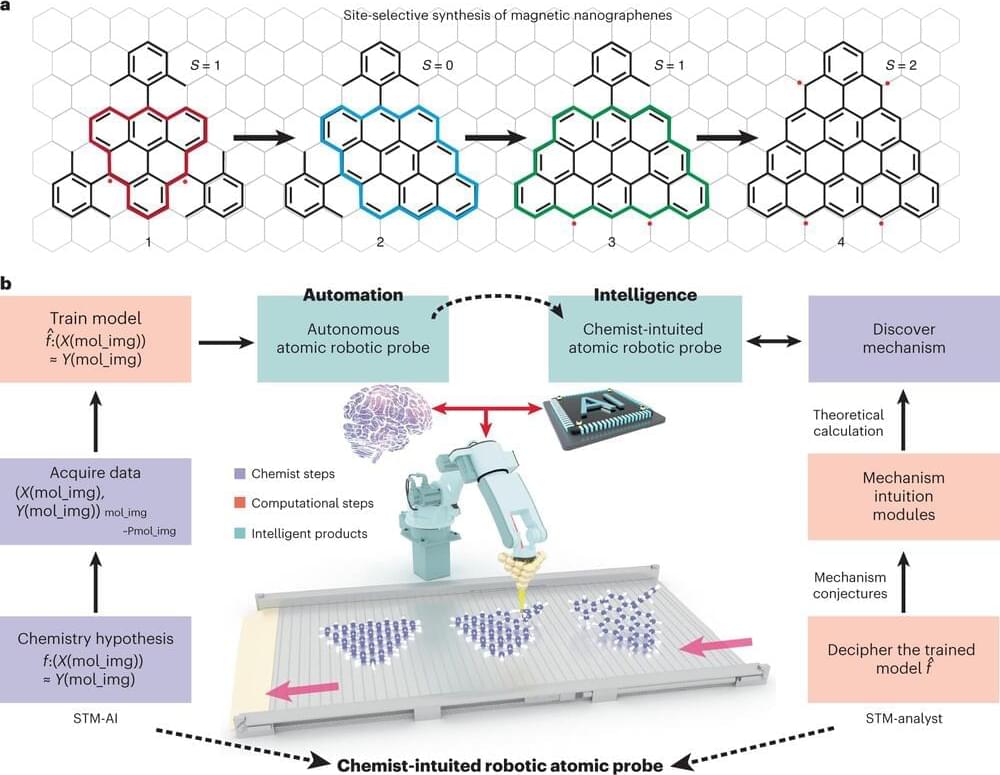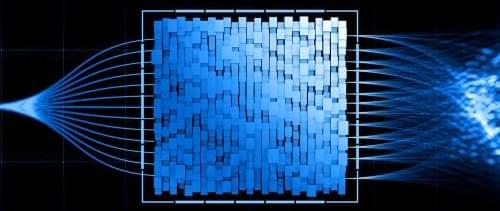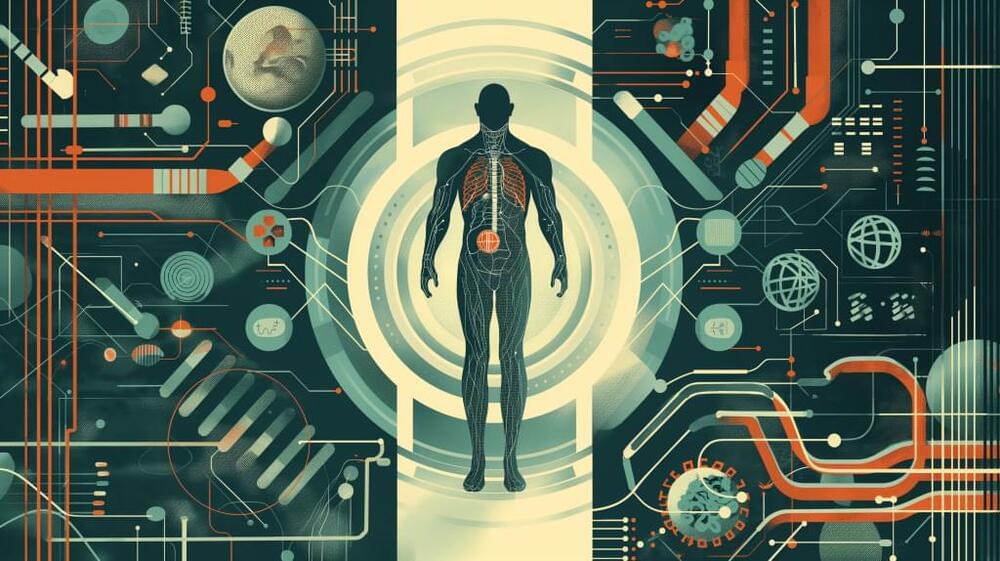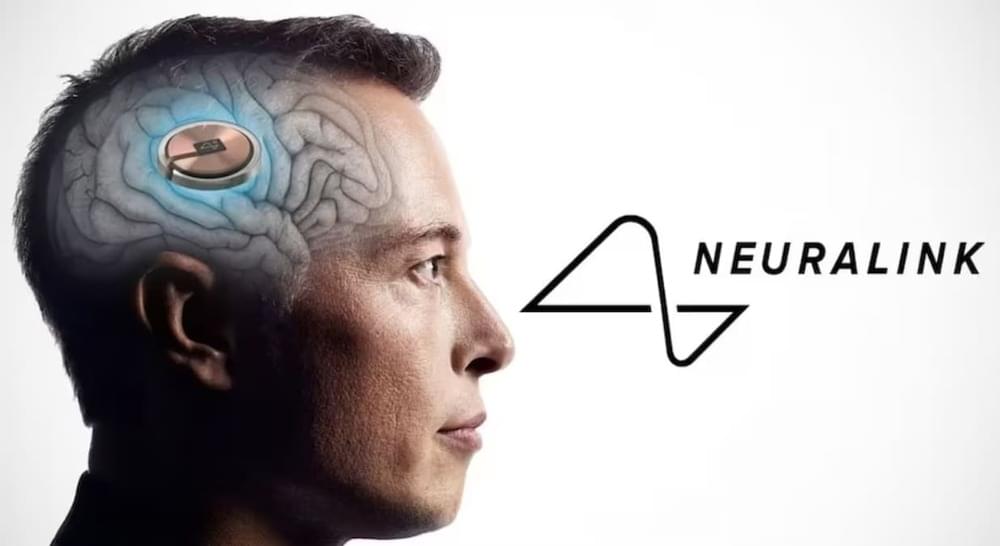Polaritonic chemistry has ushered in new avenues for controlling molecular dynamics. However, two key questions remain: (i) Can classical light sources elicit the same effects as certain quantum light sources on molecular systems? (ii) Can semiclassical treatments of light–matter interactions capture nontrivial quantum effects observed in molecular dynamics? This work presents a quantum-classical approach addressing issues of realizing cavity chemistry effects without actual cavities. It also highlights the limitations of the standard semiclassical light–matter interaction. It is demonstrated that classical light sources can mimic quantum effects up to the second order of light–matter interaction provided that the mean-field contribution, the symmetrized two-time correlation function, and the linear response function are the same in both situations. Numerical simulations show that the quantum-classical method aligns more closely with exact quantum molecular-only dynamics for quantum light states such as Fock states, superpositions of Fock states, and vacuum squeezed states than does the conventional semiclassical approach.
Light moves objects — and this motion can now be measured accurately without extreme cooling.
Theta Waves and Human Memory
Posted in futurism
Furthermore, the experimental values are introduced to correct the adsorption isotherms. For example, Fig. 3b shows the Langmuir adsorption isotherm obtained by fitting both the predicted and experimental adsorption data. While we use simulated datasets to address data scarcity, we can also properly introduce experimental values to correct adsorption isotherms, which helps a more quantitative prediction of adsorption performance at high-pressure where the gas-gas interaction becomes more significant. In Fig. 3b, one can observe that the corrected adsorption isotherms have a strong correlation with experimental adsorption capacity to some extent. The results exhibit that Uni-MOF not only has the ability to screen the adsorption performance of the same gas in different materials but also can accurately screen the adsorption performance of different gases in the same material (Fig. 3c, d) or at different temperatures (Fig. 3e, f).
In the foreseeable future, the intersection of Artificial Intelligence (AI) and materials science will necessitate the resolution of practical and scientific issues. Nonetheless, the attainment of process implementation by AI in the realm of machine learning techniques that entail copious amounts of data remains a formidable challenge, given the dearth of experimental data and the diverse array of synthetic technology and characterization conditions implicated. Our research has made a significant stride in materials science by incorporating operating conditions into the Uni-MOF framework to ensure data adequacy and enable screening functions that are consistent with experimental findings.
In order to showcase the predictive capabilities of Uni-MOF with regard to cross-system properties, five materials were randomly selected from each of the six systems (carbon-dioxide at 298 K, methane at 298 K, krypton at 273 K, xenon at 273 K, nitrogen at 77 K and argon at 87 K) contained in databases hMOF_MOFX_DB and CoRE_MOFX_DB, which have been thoroughly sampled in terms of temperature and pressure. The predicted and simulated values of gas adsorption uptake at varying pressures were then compared, with the results presented in Fig. 4a–f. Adsorption isotherms fitting from both Uni-MOF predictions and simulated values would artificially reduce visual errors. In order to eliminate data bias, adsorption isotherms in all cases were obtained only by simulated values. It is evident that, due to the fact that the adsorption isotherms were obtained purely through simulated values, the predicted values of adsorption uptake generated by Uni-MOF for the hMOF_MOFX_DB and CoRE_MOFX_DB databases align closely with the simulated values across all cases. This finding is further supported by the high prediction accuracy demonstrated in Fig. 2a, b.
It wasn’t aliens, but the first interstellar object found in our solar system still has much to teach us about the cosmos.
Embark on a cosmic journey as we explore the latest breakthrough in black hole research. Recently, scientists revealed the discovery of the oldest black hole ever observed.
A team of NUS researchers led by Associate Professor Lu Jiong from the Department of Chemistry and Institute for Functional Intelligent Materials, together with their international collaborators, have developed a novel concept of a chemist-intuited atomic robotic probe (CARP).
This innovation, which uses artificial intelligence (AI) to mimic the decision-making process of chemists, enables the manufacturing of quantum materials with unrivaled intelligence and precision for future quantum technology applications such as data storage and quantum computing.
Open-shell magnetic nanographene is a type of carbon-based quantum material that possesses key electronic and magnetic properties that are important for developing extremely fast electronic devices at the molecular level, or creating quantum bits, the building blocks of quantum computers. The processes used to develop such materials have progressed over the years due the discovery of a new type of solid-phase chemical reaction known as on-surface synthesis.
Quantum computers are set to transform computing and society with their ability to solve problems that are currently intractable.
Now in his 60s, the physician and entrepreneur is directing tens of millions of dollars at far-out tech to let him and others live twice as long, or longer.
‘Can control computer mouse with thoughts’: Says Elon Musk on Neuralink’s first human patient as he successfully recovers
Posted in biotech/medical, computing, Elon Musk, neuroscience | 1 Comment on ‘Can control computer mouse with thoughts’: Says Elon Musk on Neuralink’s first human patient as he successfully recovers
Elon Musk disclosed that a human patient implanted with a brain chip from the company has fully recovered and demonstrated the ability to control a computer mouse using their thoughts.
